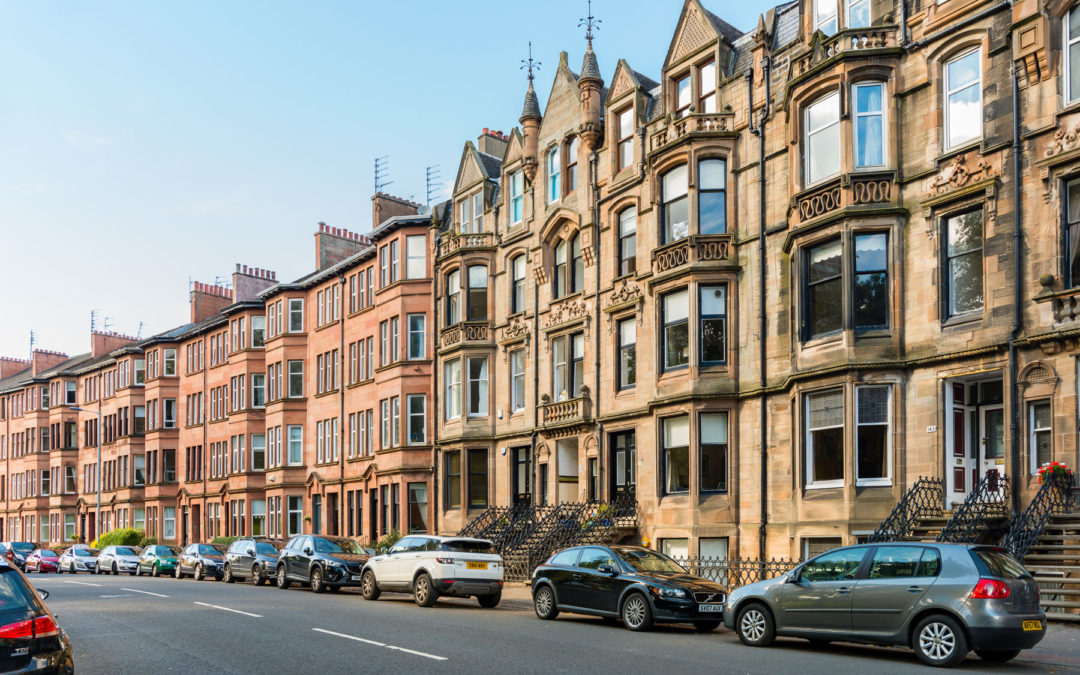Do Period Properties Really Come with a Premium?
By BBC Scotland’s Brian Gilmour
When it comes to buying a home, there’s always been something special about period properties. Whether it’s a Victorian terrace in Glasgow or a Georgian townhouse in Edinburgh, older homes often seem to offer something newer builds just can’t match. But is that charm worth a premium? A new study says—yes, quite possibly.
In what might be an industry first, one estate agency set out to measure exactly how much more people are willing to pay for a period property. For the purposes of the study, “period” was defined as pre-1919, covering the likes of Edwardian, Victorian, Georgian, and even Elizabethan styles.
What Did the Study Find?
The findings revealed that in cities like Edinburgh and Glasgow, buyers are regularly paying up to 20% more for period homes compared to modern equivalents. That premium reflects the enduring appeal of their unique architectural features, larger room sizes, and historical context.
However, it’s not a universal story. The spread of period homes across the UK varies greatly, and in some regions, the price difference is minimal or even reversed. In rural parts of Scotland or areas with limited demand for older housing stock, the value-added from character may be outweighed by maintenance concerns.
Why Do People Pay More for Period Properties?
Period homes offer undeniable benefits. Their characterful style—ornate cornicing, high ceilings, original fireplaces—often appeals to both homeowners and tenants. For buyers looking at long-term investment, period homes in the right areas have a strong record of holding or growing their value.
“An estate agency analysed the price premium of pre-1919 period properties—such as Georgian and Victorian homes—across Scotland,” says Brian Gilmour, property expert at Indigo Square. “In cities like Edinburgh and Glasgow, they can command up to 20% more than newer builds, thanks to their character and desirability.”
In historic locations like the New Town in Edinburgh or Glasgow’s West End, period properties don’t just offer a home—they offer a slice of heritage. That sense of place can be worth every penny to the right buyer.
What Are the Downsides?
Of course, older properties come with their challenges. Maintenance costs can be significant, particularly when it comes to roofing, sash windows, or stonework. Energy efficiency is often poor—something that’s increasingly important in the era of rising utility costs and climate consciousness.
“Pros include charm, architectural detail, and strong long-term value—especially in historic areas,” Gilmour notes. “Cons often include high upkeep costs and poor energy efficiency, particularly in colder parts of Scotland.”
Buyers should weigh these pros and cons carefully. What you gain in beauty and character, you may need to invest in insulation, boiler upgrades, or ongoing repairs.
A Balancing Act for Buyers
This new analysis offers a helpful reminder that a home’s value isn’t just in its bricks and mortar. It’s also in its story, style, and setting. For some buyers, a modern home with a high EPC rating and low maintenance is the right call. For others, the charm of a period home is priceless.
For those navigating the Scottish property market—from Glasgow tenements to Largs villas—understanding the real value of a home means looking beyond square footage and into lifestyle, legacy, and long-term potential.
Looking to buy or sell a period property?
Get in touch with Indigo Square for expert advice across Glasgow, Largs, and the West of Scotland.

Recent Comments